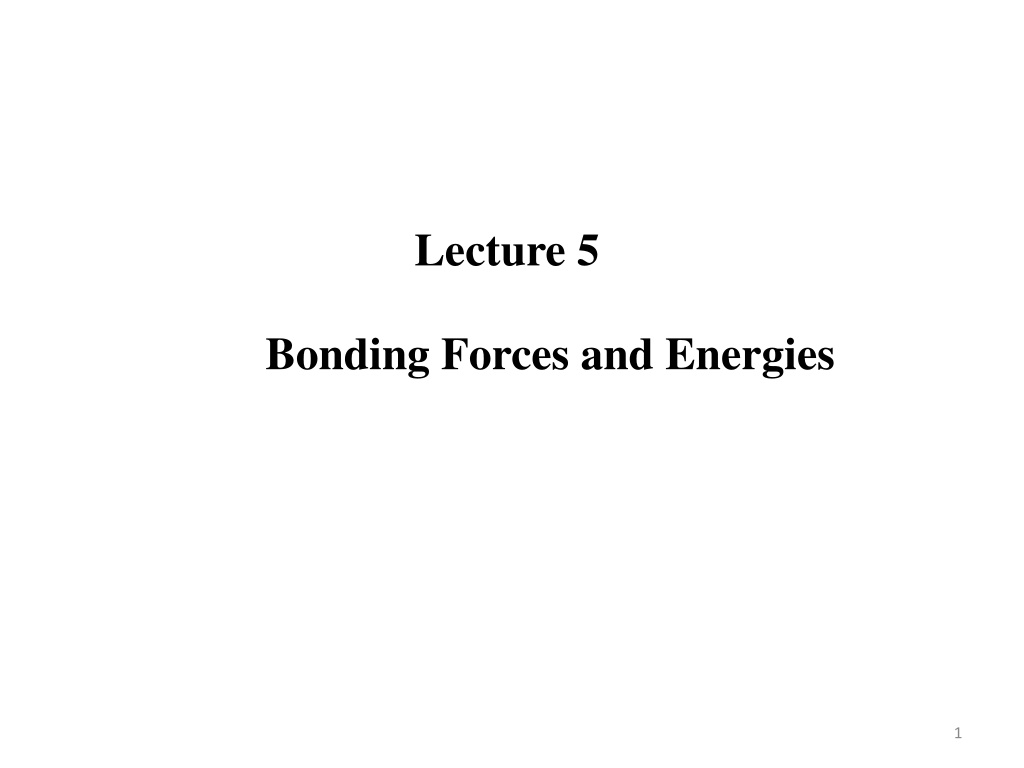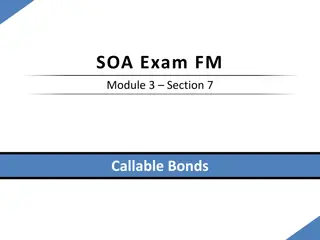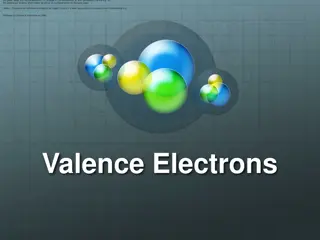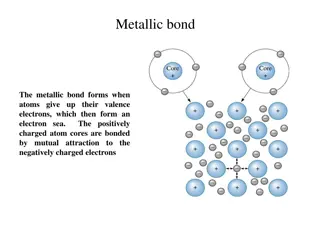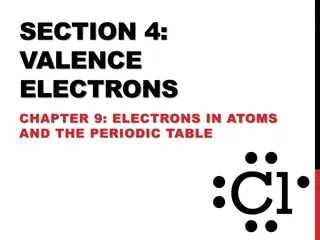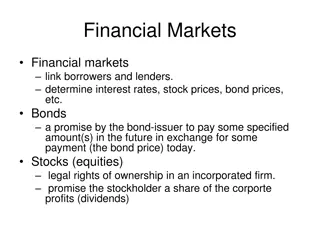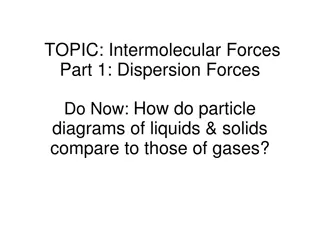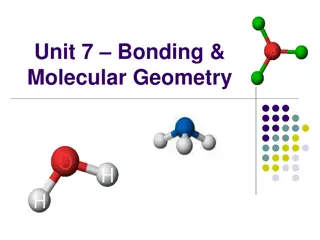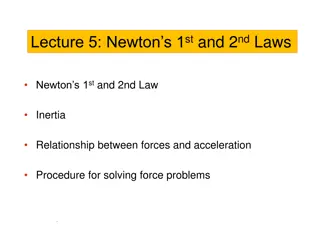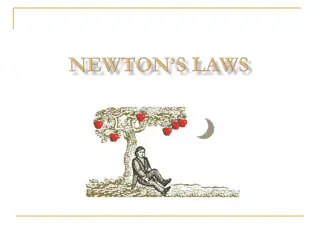Interatomic Forces and Valence Bond Theory
Forces between atoms, such as electrostatic interactions and covalent bonding explained through Valence Bond Theory. Learn about secondary bonding and the formation of chemical bonds.
Download Presentation

Please find below an Image/Link to download the presentation.
The content on the website is provided AS IS for your information and personal use only. It may not be sold, licensed, or shared on other websites without obtaining consent from the author.If you encounter any issues during the download, it is possible that the publisher has removed the file from their server.
You are allowed to download the files provided on this website for personal or commercial use, subject to the condition that they are used lawfully. All files are the property of their respective owners.
The content on the website is provided AS IS for your information and personal use only. It may not be sold, licensed, or shared on other websites without obtaining consent from the author.
E N D
Presentation Transcript
Lecture 5 Bonding Forces and Energies 1
Recap In last lecture Secondary Bonding was discussed. They are weaker in nature and are broadly classified as Van der Waal's forces, hydrogen bonds and London dispersion forces. These bonds are due to atomic or molecular dipoles, both permanent and temporary. In non -polar molecules temporary dipoles exists which gives rise to week forces. 2
Interatomic Forces The forces between the atoms due to electrostatic interaction between the charges of the atoms are called interatomic forces. These forces are electrical in nature and these are active if the distance between the two atoms is of the order of atomic size i.e. 10 10 metre. As they approach each other, the following interactions are observed. 1. Attractive force A between the nucleus of one atom and electron of the other. This attractive force tends to decrease the potential energy of the atomic system. 2. Repulsive force R between the nucleus of one atom and the nucleus of the other atom and electron of one atom with the electron of the other atom. These repulsive forces always tend to increase the energy of the atomic system. Figure 1 3
Interatomic Forces If the net effect of the forces of attraction and repulsion leads to decrease in the energy of the system, the two atoms come closer to each other and form a covalent bond by sharing of electrons. On the other hand, if the repulsive forces are more and there is increase in the energy of the system, the atoms will repel each other and do not form a bond. There is a universal tendency of all systems to acquire a state of minimum potential energy. This stage of minimum potential energy corresponds to maximum stability. 4
Valence Bond Theory Valence Bond Theory were developed to use the methods of quantum mechanics to explain chemical bonding. It focuses on how the atomic orbitals of the dissociated atoms combine to give individual chemical bonds when a molecule is formed. The simplest case to consider is the hydrogen molecule, H2 When we say that the two hydrogen nuclei share their electrons to form a covalent bond, what we mean in VB theory terms is that the two spherical 1s orbitals (the grey spheres in Figure 1 overlap and contain two electron These two electrons are now attracted to the positive charge of both of the hydrogen nuclei, with the result that they serve as a sort of chemicalglue holding the two nuclei together. Figure 2 5
Valence Bond Theory How far apart are the two nuclei? If they are too far apart, their respective 1s orbitals cannot overlap, and thus no covalent bond can form - they are still just two separate hydrogen atoms. As they move closer and closer together, orbital overlap begins to occur, and a bond begins to form. This lowers the potential energy of the system, as new, attractive positive- negative electrostatic interactions become possible between the nucleus of one atom and the electron of the second . However, something else is happening at the same time: as the atoms get closer, the repulsive positive-positive interaction between the two nuclei also begins to increase. 6
Potential Energy Vs Interatomic Distance At long distances, both attractive and repulsive interactions are small. As the distance between the atoms decreases, the attractive electron proton interactions dominate, and the energy of the system decreases. At the observed bond distance, the repulsive electron electron and proton proton interactions just balance the attractive interactions, preventing a further decrease in the internuclear distance. At very short internuclear distances, the repulsive interactions dominate, making the system less stable than the isolated atoms. Figure 3 7
Potential Energy Vs Interatomic Distance At first this repulsion is more than offset by the attraction between nuclei and electrons, but at a certain point, as the nuclei get even closer, the repulsive forces begin to overcome the attractive forces, and the potential energy of the system rises quickly. When the two nuclei are tooclose , we have an unstable, high-energy situation. There is a defined optimal distance between the nuclei in which the potential energy is at a minimum, meaning that the combined attractive and repulsive forces add up to the greatest overall attractive force. This optimal internuclear distance is the bond length; the distance is 74 pm for H2 9
Potential Energy Vs Interatomic Distance Likewise, the difference in potential energy between the lowest energy state (at the optimal internuclear distance) and the state where the two atoms are completely separated is called the bond dissociation energy, or, more simply, bond strength; the H2 bond strength is 435 kJ/mol. The amount of energy required to break a bond is called bond dissociation energy or simply bond energy. Bond energy is a measure of the strength of a chemical bond. The larger the bond energy, the stronger the bond. 10
Summary Potential Energy Vs Interatomic Distance graph was discussed. At long distances, both attractive and repulsive interactions are small. As the distance between the atoms decreases, the attractive electron proton interactions dominate, and the energy of the system decreases. At the observed bond distance, the repulsive electron electron and proton proton interactions just balance the attractive interactions, preventing a further decrease in the internuclear distance. At very short internuclear distances, the repulsive interactions dominate, making the system less stable than the isolated atoms. 11
